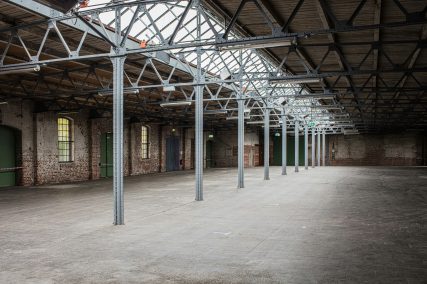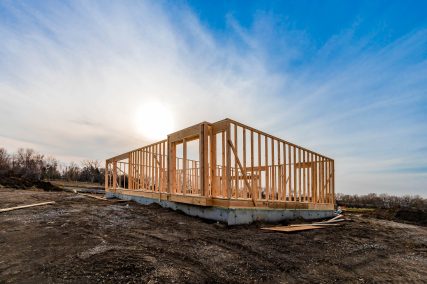What are the benefits and risks of an HMO Investment?
Benefits of HMO investment:
- Higher rental income: HMOs generally generate higher rental income compared to single-family homes as they provide multiple units that can be rented out to different tenants.
- Strong demand: There is often strong demand for rental properties, especially in areas with high numbers of students or young professionals.
- Diversification: Investing in HMOs can help diversify your real estate portfolio and reduce risk.
- Long-term potential: HMOs have the potential for long-term growth and appreciation, especially if they are well-maintained and managed.
Risks of HMO investment:
- Higher costs: HMOs often require more substantial upfront costs and ongoing expenses, such as mortgage payments, insurance, and maintenance costs, compared to single-family homes.
- Regulatory restrictions: There may be local regulations that restrict the operation of HMOs, such as zoning laws and licensing requirements, which can impact profitability.
- Vacancy risk: The risk of vacancy is higher for HMOs compared to single-family homes as there is a greater potential for multiple units to be vacant at the same time.
- Property management: Managing an HMO can be more complex and time-consuming compared to a single-family home, and may require the services of a professional property manager.
- Legal liabilities: HMOs have the potential for legal liabilities, such as disputes with tenants, health and safety issues, and discrimination claims, which can impact profitability and increase the risk of lawsuits.
Overall, HMO investment can be a lucrative opportunity for real estate investors, but it’s important to thoroughly understand the benefits and risks before making any investment decisions.












